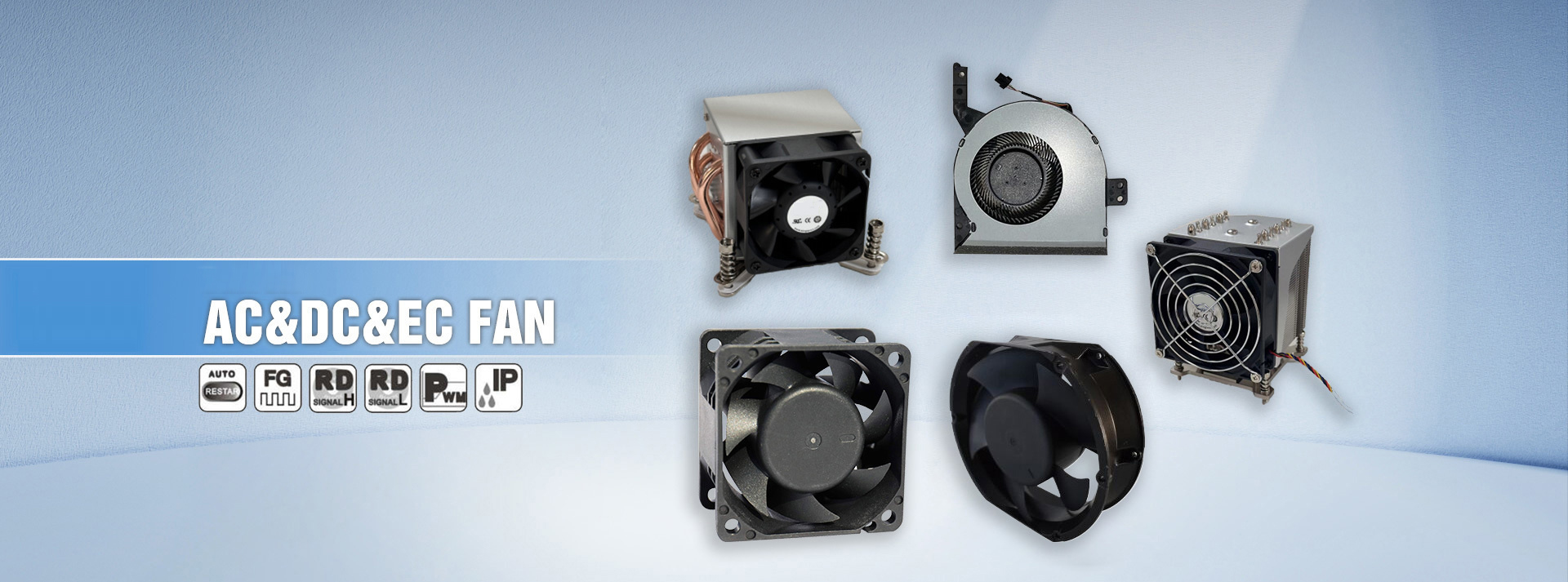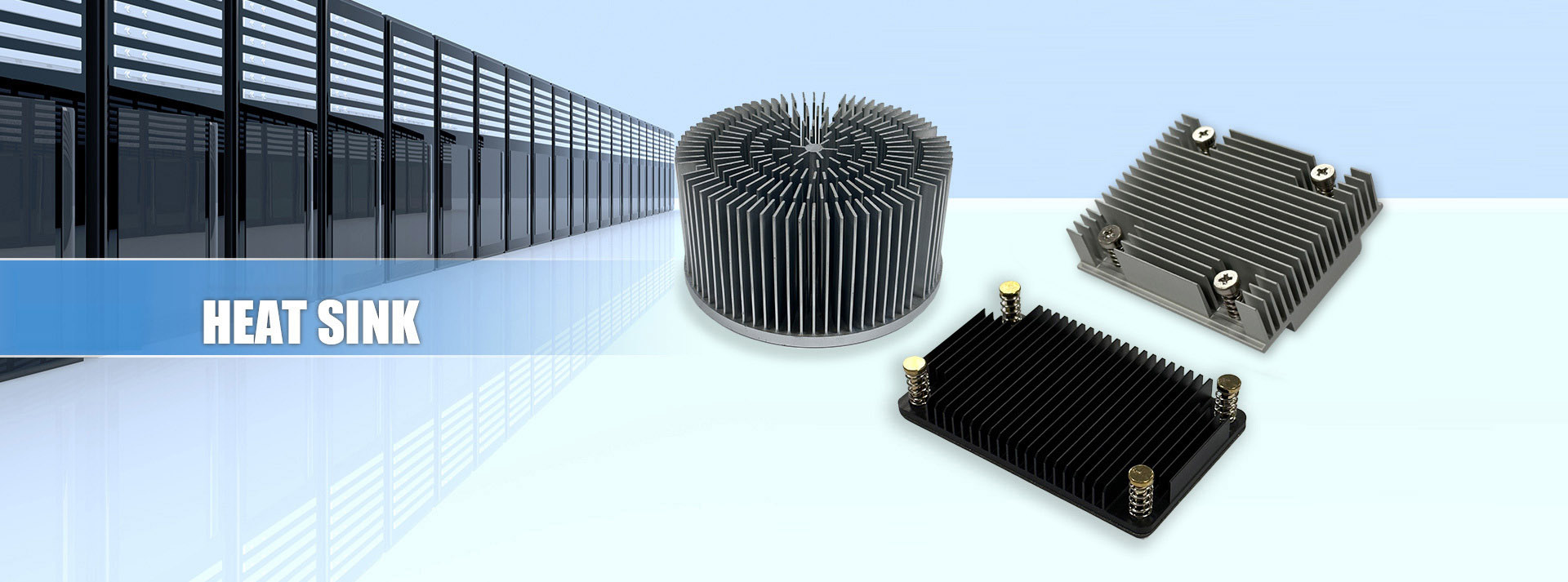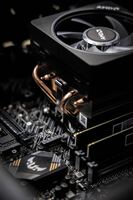News
For example, DC fans are a subcategory of cooling fans. Their advantages include DC power supply, smaller size, higher energy efficiency, lower vibration, reduced noise, and longer lifespan compared to other fans. Due to these benefits, DC fans are widely used in everyday life. This section provides a brief introduction to their functions and working principle.
1.Quiet Operation – DC motors have lower resistance and smoother operation, making the fan run more quietly.
2.Energy Efficient – While electric fans already consume little power, DC motors further enhance energy savings.
3.Stepless Speed Control – Some smart fans offer up to 100 different speed levels for precise airflow adjustment.
4.Longer Lifespan & Low Failure Rate – DC fans are more durable and have a lower risk of malfunction compared to AC fans.
How to Choose a CPU Cooler?
How do you select the right CPU cooler for your needs? Choosing a good CPU cooler is crucial. Below are some key parameters to consider:
1. Fan Power
In general, the higher the power, the stronger the airflow, leading to better cooling performance.
...
1. Air Cooling Heatsink
This is the most common type of CPU cooler, consisting of a cooling fan and a heatsink. The principle is to transfer the heat generated by the CPU to the heatsink, which is then dissipated by the fan.
It is important to note that different CPU types and specifications require different heatsinks. For example, AMD CPUs use different heatsinks compared to Intel CPUs. Additionally, an Intel 478-pin CPU requires a different heatsink than an Intel 775-pin CPU.
The performance of a CPU fan mainly depends on the following factors: rotational speed (RPM), blade shape, blade angle, and bearing system. Fan speed is usually indicated in the heatsink manual. In general, 30% of a heatsink’s cooling performance depends on the fan’s rotational speed.
Bearing Types
CPU coolers can generally be classified into three types: sleeve bearings, ball-sleeve hybrid bearings, and dual ball bearings.
Metallurgy first appeared in China around 5,000 to 6,000 years ago. After entering the Iron Age in the 5th century BC, iron tools became a crucial factor in advancing historical progress and were once regarded as a benchmark for productivity development.







